Seasons in a Chestnut Shell:
Kuri Wagashi Collection and the Art of Shibukawa-ni (Japanese Candied Chestnuts)

The Rhythm of Wagashi: A Seasonal Encounter
In Japan, wagashi (Japanese confectionery) isn’t just a dessert—it’s a timekeeper of the year. The calendar doesn’t stop at four seasons. Instead, wagashi artisans follow the 24 sekki or solar terms, with product lineups changing every fortnight. This means a visit to a traditional wagashi shop is rarely ever the same twice. One week it might be chrysanthemum motifs, and the next, delicate snowflakes.
During early autumn, chestnuts take center stage. Their appearance in sweets signifies a bridge between the lush bounty of summer and the quiet inwardness of winter. I visited two of my favorite wagashi stores to catch their kuri (chestnut) lineups before they vanished.
A Brief Collection: Chestnut Wagashi Across the Counter
The first store offered a collection so ephemeral that one piece—named “Chōyō,” after the seasonal festival—was available for just three days. It had to be reserved in advance and picked up on the very day. Each sweet was hand-shaped with exquisite detail: some steamed, others molded, all filled with subtly sweetened chestnut or white bean paste.



At another wagashi shop, I found pieces shaped like seasonal blossoms and autumn winds. The presentation was thoughtful, restrained, and just sweet enough to highlight the natural flavor of kuri.


These sweets are not just snacks. In the context of chaji (tea ceremonies), they’re served with precise etiquette, forming a core part of the host’s seasonal expression. You are not just serving food—you are sharing time itself.
Among the seasonal sweets I brought home, one of the casual favorite was taiyaki—usually a red bean-filled fish-shaped pancake, but this time filled with a dreamy mix of kuri and marron cream. Toasting it lightly brought a crisp edge that complemented the soft filling



Deep Dive: The Labor of Shibukawa-ni (Japanese candied chestnut)
Now let’s talk about the artful, slow-brewed process of shibukawa-ni—candied Japanese chestnuts simmered gently with their inner skin (shibukawa) intact. It’s a preserve, a memory, a gift, and an act of patience all rolled into one. The steps may look simple on paper, but every stage is an exercise in touch, timing, and tenderness.
Quick recipe- Shibukawa-ni (Japanese candied chestnut)
🌰 Ingredients:
- Fresh Japanese chestnuts (as plump and unblemished as possible)
- Baking soda
- Sugar (about 30–40% of the weight of the peeled chestnuts)
- Light soy sauce (a few teaspoons at the end)
🔪 Preparation Steps:
- Soaking & Peeling:
Begin by soaking the chestnuts in water overnight—this softens them slightly for peeling. Use a small knife to remove the hard outer shell without damaging the inner skin. It’s delicate work; even one scratch may cause the nut to break during simmering. - Bitterness Removal with Baking Soda:
Place the peeled chestnuts in a pot, cover with water, and add a small amount of baking soda (about 1/2 tsp per liter). Bring to a gentle simmer. When the water turns reddish-brown (from the tannins), discard it and repeat the process 2–3 more times. This step removes bitterness without stripping the essential flavor. - Cleaning & Fine Tuning:
Gently rinse the chestnuts in cool water and carefully remove any stubborn, thick skins using a toothpick. They’re now incredibly fragile—imagine touching soaked tissue paper—so patience is key. - Simmering with Sugar:
In a clean pot, cover the chestnuts with fresh water and start cooking on very low heat. Add sugar in stages: begin with about 30%, then add the rest gradually in small increments (e.g. 3 portions over 3–4 hours). Never let the syrup boil hard. If it reduces too much, add water to keep it loose. - Finishing Touch:
In the final moments, add a couple of teaspoons of light soy sauce. This subtle umami lifts the chestnut flavor and enhances depth. Allow everything to cool slowly in the syrup. Ideally, let it rest overnight for the flavor to infuse further.
This is the kind of recipe you don’t rush. It takes time to transform bitterness into balance—one of the many small metaphors that Japanese cuisine carries.
Labor of love… How carefully the chestnut skins are taken off

Quick flow in photo
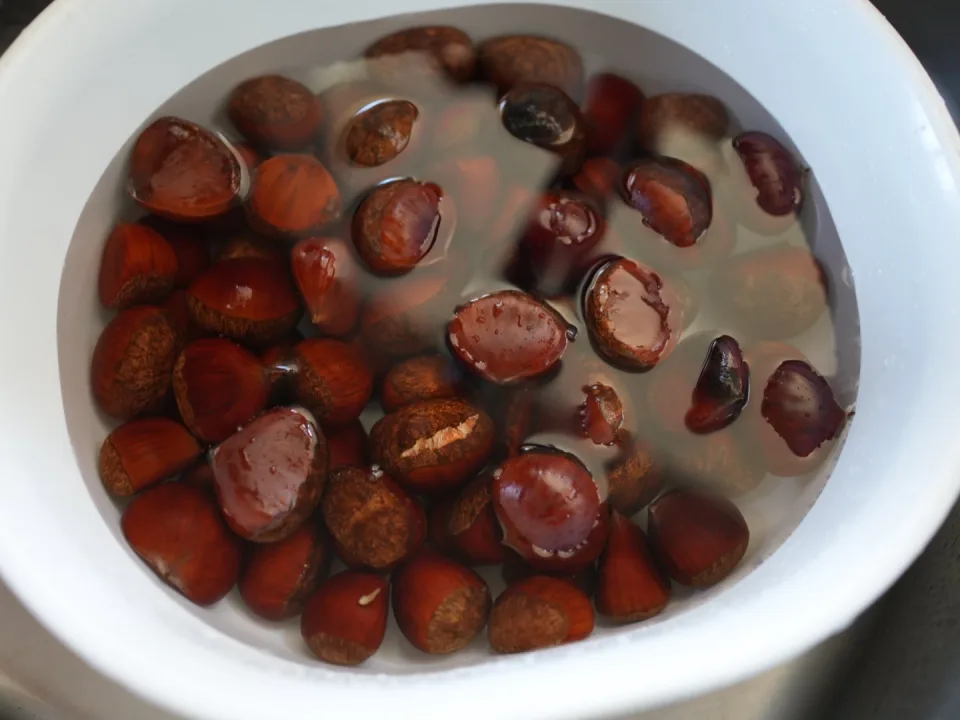










My past Shibukawa-ni
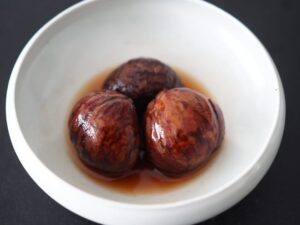
A Taste of Time
Seasonal wagashi doesn’t demand celebration. It whispers instead. A limited-edition sweet, a recipe passed down, a chestnut glazed in syrup—these are not headline-grabbing creations. But they are sincere, crafted, and completely in tune with the world around them.
Each one reminds me to savor the present before it disappears—just like autumn.
栗の季節、甘味の記憶
24節気にあわせて表情を変える和菓子。栗を使った上生菓子が並ぶのは、ほんの数週間のことです。販売期間が3日だけというものもあり、予約をして受け取りに行きました。
「渋皮煮」は、自宅で時間をかけて仕上げたもの。重曹であく抜きを繰り返し、皮を傷つけないように丁寧に掃除。お砂糖は何回かに分けて加え、最後にお醤油で香りをととのえます。簡単そうで、じつは手仕事の集大成のような存在です。
たい焼きはマロンクリーム入りを見つけて、軽くトーストしてサクサクに。おはぎや栗まんじゅうにもゴマ塩を添えて。秋の甘味は、穏やかな余韻が残ります。
This post has a Video: Watch on Instagram✨(インスタに動画掲載しています)
A short Instagram video is available below, showing the overall flow and highlights of the recipe.
インスタで、動画を交えて全体の流れやポイントをご紹介しています。
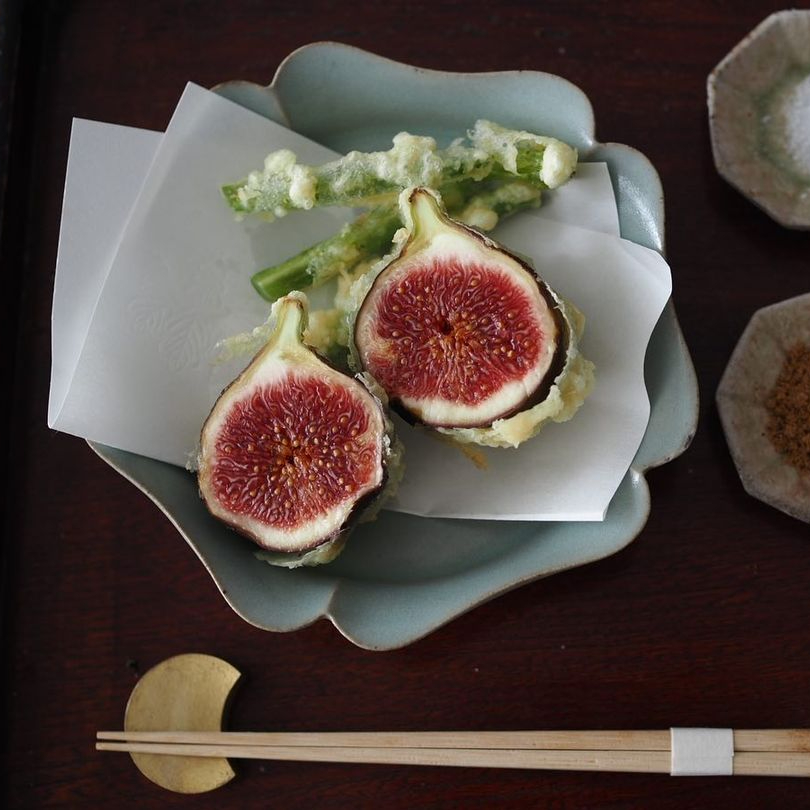
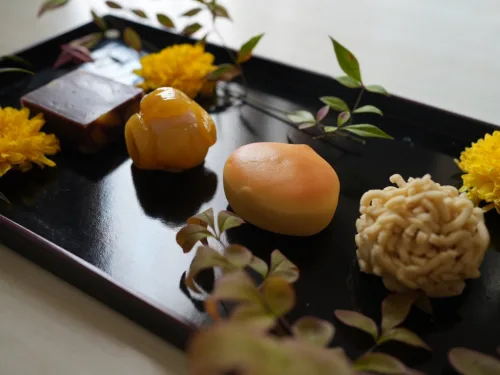

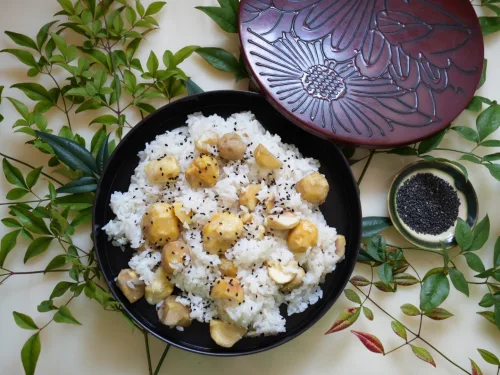
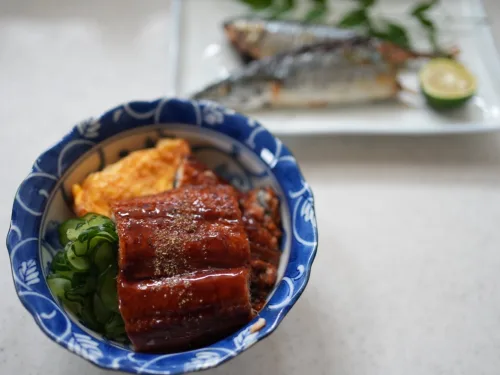
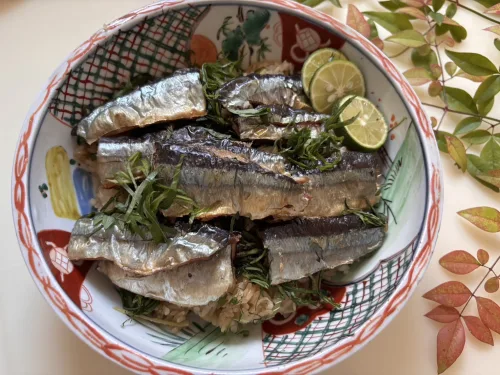
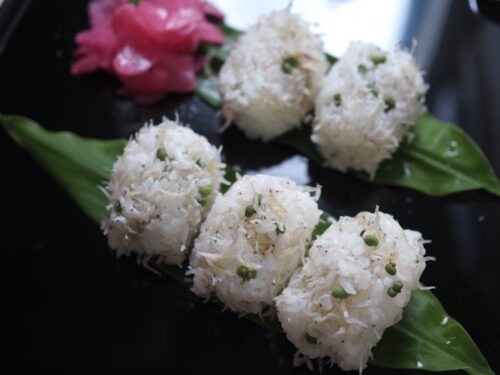
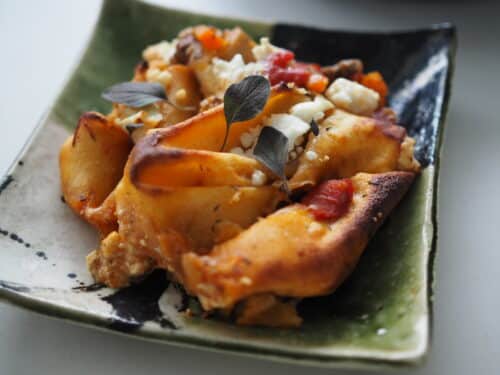
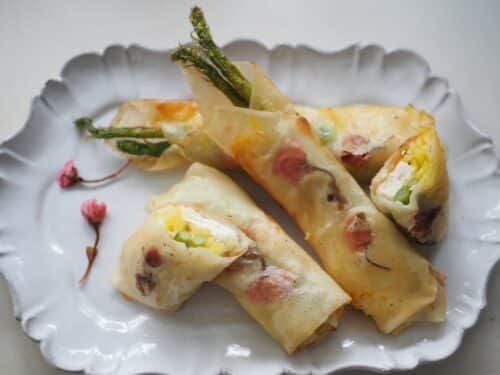
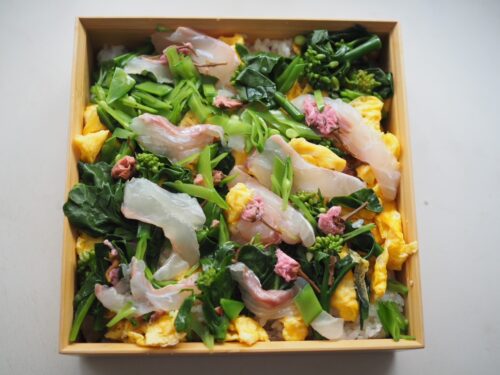
Comments